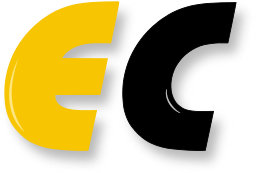 | EasyChair Smart Slide | User Guide/Log in |
| Home |

The concept of quantum information is introduced as both normed superposition of two orthogonal subspaces of the separable complex Hilbert space and invariance of Hamilton and Lagrange representation of any mechanical system. The base is the isomorphism of the standard introduction and the representation of a qubit to a 3D unit ball, in which two points are chosen.
The separable complex Hilbert space is considered as the free variable of quantum information and any point in it (a wave function describing a state of a quantum system) as its value as the bound variable.
A qubit is equivalent to the generalization of ‘bit’ from the set of two equally probable alternatives to an infinite set of alternatives. Then, that Hilbert space is considered as a generalization of Peano arithmetic where any unit is substituted by a qubit and thus the set of natural number is mappable within any qubit as the complex internal structure of the unit or a different state of it. Thus, any mathematical structure being reducible to set theory is representable as a set of wave functions and a subspace of the separable complex Hilbert space, and it can be identified as the category of all categories for any functor represents an operator transforming a set (or subspace) of the separable complex Hilbert space into another. Thus, category theory is isomorphic to the Hilbert-space representation of set theory & Peano arithmetic as above.


























